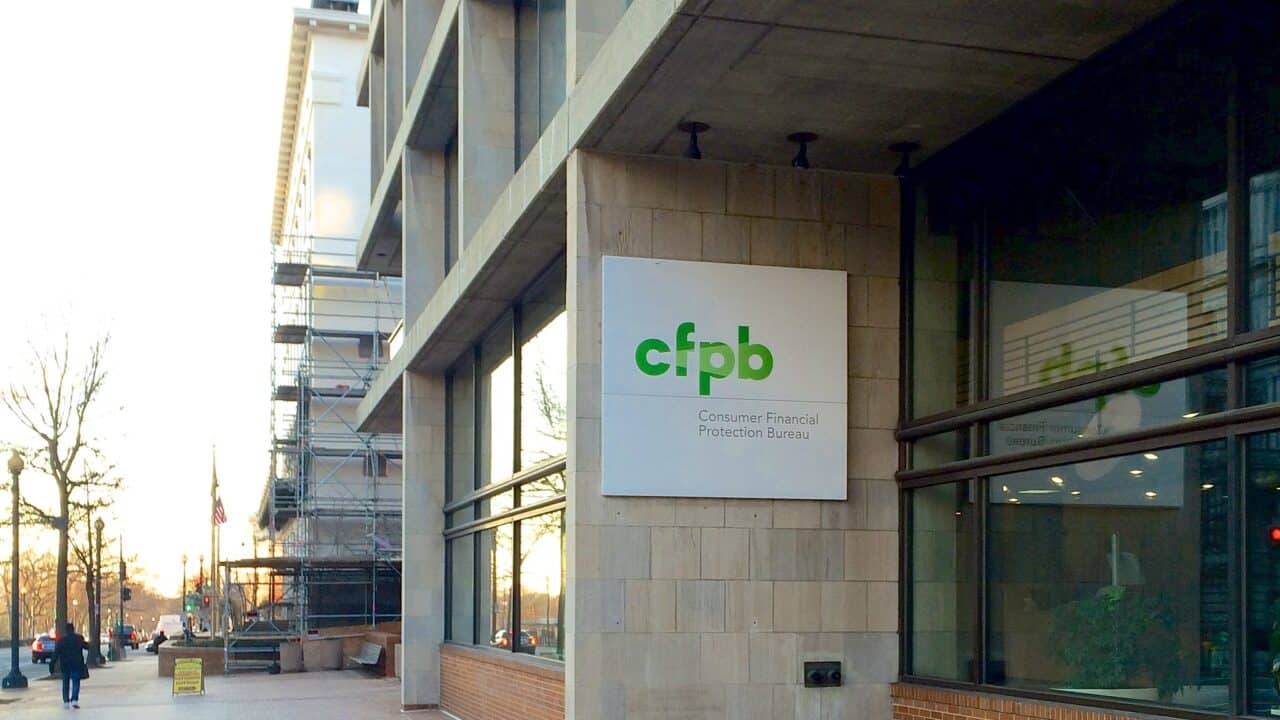 "cfpb 36795" by Ted Eytan is licensed under CC BY-SA 2.0
"cfpb 36795" by Ted Eytan is licensed under CC BY-SA 2.0
The Democrat-controlled Consumer Financial Protection Bureau is trying to dictate how banks and credit unions should conduct business with their customers. A request for information issued by the agency supersedes its statutory authority and wrongly concludes that the consolidation of financial institutions has harmed relationships with their customers.
The CFPB incorrectly assumes in their RFI that financial firms are not providing timely responses to consumer complaints. The CFPB’s own Consumer Response Annual Report for 2021 shows that companies are following the law and responding when necessary. The report states that “Companies overwhelmingly met the timeliness expectation in their responses.” In fact, they “provided a timely response to 99% of the approximately 752,800 complaints sent to them for review in 2021.”
The data clearly shows that banks and credit unions’ timely responses to customer inquiries are in lock-step with what is required of them in statute. This alone questions the grounds for issuing the RFI in the first place.
The CFPB’s desire to restrict the digitization of banking stands in contrast to improved customer satisfaction. CFPB Director Rohit Chopra stated he wants more brick-and-mortar “relationship banking” than digital forms of banking. One study points out that banks that use artificial intelligence and analytics “stand to increase customer satisfaction and loyalty.” According to the study, usage of AI also has the potential to boost bank revenue and shareholder returns and better compete with financial technology companies.
The RFI makes the unsubstantiated claim that banks may not be offering a sufficient level of customer services because of bank consolidation. Bank mergers and acquisitions have resulted in more branches over the past twenty years. The CFPB’s RFI inaccurately infers that consolidation of banks automatically results in “decreased banking access” for rural communities. In fact, according to a study conducted by the Federal Reserve Bank of Cleveland, bank consolidation has led to a 70 percent increase in branches on average. Data from the same study shows that today rural consumers have greater access to bank branches.
Current bank merger analyses do not account for nonbank competition. According to Federal Reserve board member, Michelle Bowman, bank merger evaluations need a holistic view of the landscape for offering financial services to consumers. Accounting for the services provided by fintech companies will provide the most accurate assessment for overall competition in the market. Fintechs and nonbanks act as the “primary competitors” for consumer loans and mortgage loans.
The government itself has played a role in competing and crowding out private capital. The Farm Credit System acts as a nonbank competitor for agricultural loans that are not adequately factored into a banker merger analysis.
Before making rash conclusions that bank consolidation is hindering the affordability and accessibility of capital, regulators need to first consider the totality of the competition that exists. Failing to do so will restrict banks from “making strategic merger choices.”
The RFI lacks substance and a concrete statutory justification. Banks and credit unions should be afforded the flexibility to find innovative ways to communicate and interact with their customers without the government looking over their shoulders and interfering in private business affairs.
The CFPB should cease its baseless inquiry that will make no improvements to customer services itself but will instead allow the government more leverage to dictate how banks and credit unions should run their businesses.

